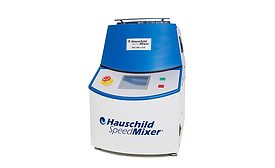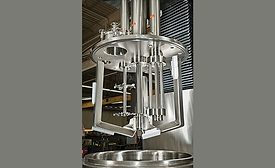Home » Keywords: » process equipment
Items Tagged with 'process equipment'
ARTICLES
The manufacture of solvent-based adhesives and sealants brings a higher risk of flammable/combustible situations, but tank blanketing can prevent hazards from developing.
Read More
Case Study
Mixing Carbon Blacks
The combination of centrifugal forces acting in different planes enables an efficient mixing process for Orion Engineered Carbons.
March 21, 2022
Mixing Sustainability and Innovation
As continued research and development races to meet the growing appetite for sustainable adhesives, manufacturers must also push innovations in processing that reduce both waste and energy consumption.
September 1, 2020
Keep the info flowing with our eNewsletters!
Get the latest industry updates tailored your way.
JOIN TODAY!Copyright ©2025. All Rights Reserved BNP Media.
Design, CMS, Hosting & Web Development :: ePublishing




